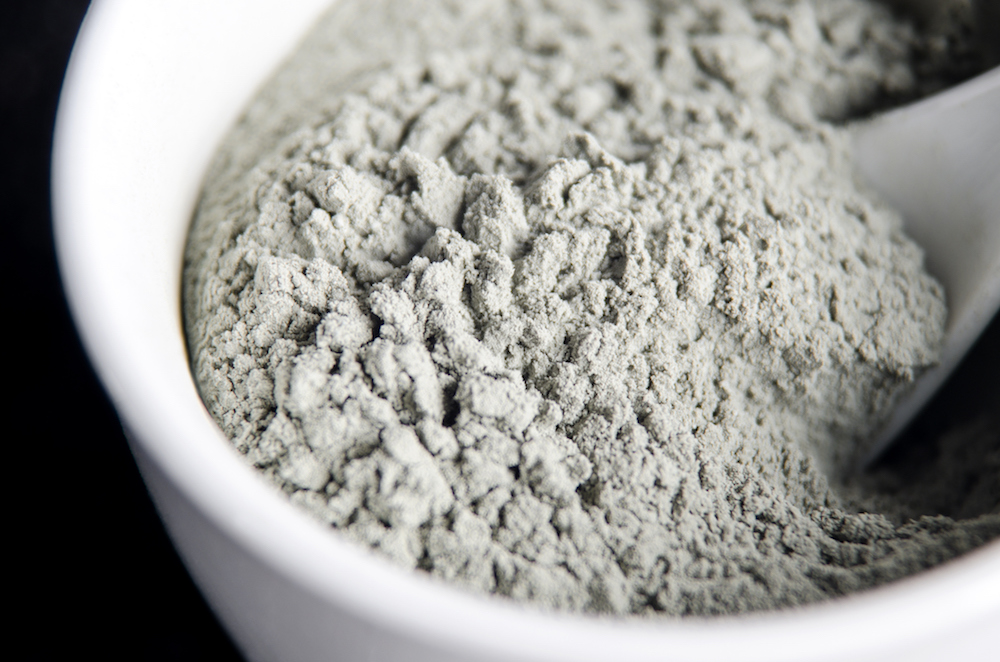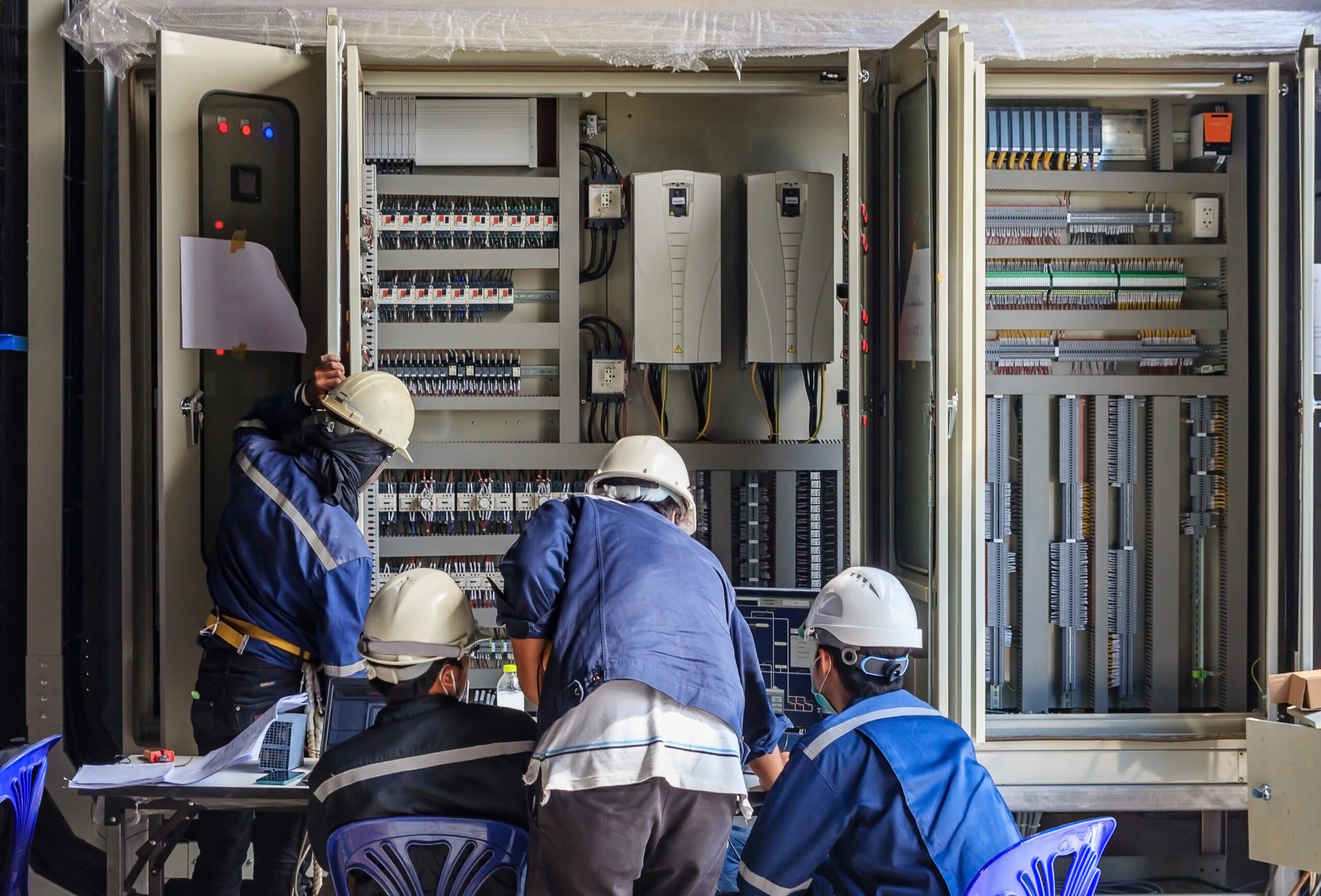
Accuracy is essential when it comes to microingredients. Microingredients tend to be substantially more expensive than macro ingredients. These ingredients also can be harmful if they’re not measured accurately. With tight tolerances, it’s important to pay close attention to equipment maintenance as well as equipment design. Here’s a few tips to help you maintain accuracy in microingredient dosing.
Benefits of Accuracy in Microingredient Dosing
First, why is accuracy in microingredient dosing important? Though accuracy in any system is important, there are a few critical considerations that make accuracy in microingredient dosing particularly important.
1. Better Product Quality
Many microingredients are critical to the overall product. These may include vitamin mixes and coatings for pet food, important enzymes for cattle feed, and trace minerals in many different types of food. If these ingredients aren’t included in the proper amounts, it can cause mineral deficiencies and product defects.
2. Lowering Expenses
Though microingredients are used in small amounts, they are also expensive. Even a small amount of inaccuracy can create expenses that add up quickly over time. Over-using expensive ingredients means buying more than you need, year after year.
3. Reducing Potential Hazards
Leaving critical ingredients out of the mix can cause product loss and defects. However, adding too much of a micronutrient can also be problematic. Selenium, for example, is essential in trace amounts for cattle, but can be toxic in large amounts.
APEC’s Microingredient systems are designed for accuracy and efficiency
Learn more >
How to Maintain Accuracy in Microingredient Dosing
Select Load Cells Carefully
The right load cell can make or break accuracy in microingredient dosing. This means considering the weighing sensor as well as the weighing instrument. How a scale displays weight and the most accurate measurement it can use are determined by the weighing sensor, also called the load cell, and the weighing instrument, also called the scale head. A typical load cell is accurate within 5,000 divisions. So a 100 lb cell could display incremental changes by .02 lbs. For many microingredients, this may not be accurate enough.
Some finely-tuned scale instruments can provide more accuracy. Many scale instruments can exceed load cell capability, with the ability to divide by 10,000 or even 20,000. So the 100 lb load cell could show increments of .01 lbs or .005 lbs, respectively. This increased level of accuracy can provide the precision needed for trace minerals, enzymes, and other microingredients.
Calibrate and Maintain
Properly calibrating and maintaining your scale instruments is essential to accuracy. There are many issues that can affect a load cell’s performance, including damage and debris, an unbalanced load, and combined error over time. These issues can cause a load cell to become inaccurate or behave chaotically. If moisture or dust enters the load cell, it can interfere with the delicate components inside. Connections can become damaged as well, which will interfere with the signal. All of these issues and many more can cause inaccuracies. Regular calibration and scheduled maintenance can prevent this.
Dilute Ingredients
A highly concentrated ingredient may require accuracy within +/- .01 lbs. However, if the ingredient is diluted—say, by ten times—the accuracy will drop to +/- .1 lbs. Diluting a microingredient using a carrier ingredient can substantially reduce the accuracy that the ingredient requires. If highly precise scale instruments aren’t an option, or they’re cost-prohibitive, dilution is an easy way to maintain accuracy in microingredient dosing.
Maintain a Stable Environment
A variety of environmental factors can affect how ingredients flow and how they’re measured, which can notably disrupt accuracy. Humidity and temperature levels can cause ingredients to flow more quickly or slowly, and can also affect an ingredient’s density. Both of these factors will affect how the ingredient is measured. Even excessive wind shear can affect scale instruments in some cases. Vibration and electromagnetic interference can affect how the scale instruments themselves work, and also cause measurements to be inaccurate.
Maintaining a consistent environment around the load cells is especially important for microingredients. If you notice inaccuracies occur, take note of environmental conditions at that time. You might notice that excessive heat, humidity, or lots of activity around the load cell are affecting the measurements.
Maintaining accuracy in microingredient dosing can be time-consuming, but the cost-savings and product quality improvements are worth it. Selecting the right load cells for the job, setting up a regular maintenance schedule, and maintaining a stable environment will also help to improve the performance and longevity of your equipment in general, too. If you have questions about microingredient systems and measurements, our experts can help. Contact us today to learn more.







